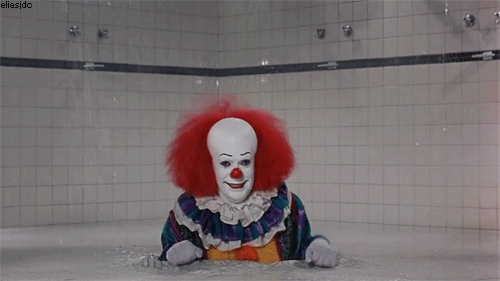
In a less-than-positive review of the administration’s recently-proposed higher education reforms — in short, Race to the Bottom for colleges — Tim Burke attempts to explain the madness behind Obama’s technocratic method. “Technocrats live in the wonderland of the question marks in the Underpants Gnomes business model, endlessly fussing over the exact terms of Point #1 and certain that the Profit! of #3 will follow.”
Also, I said this in the Virtually Speaking chat the other day, but we’ve tried this sort of business-minded technocratic leadership before in America — It didn’t pan out. (Burke post by way of Tropics of Meta.)







